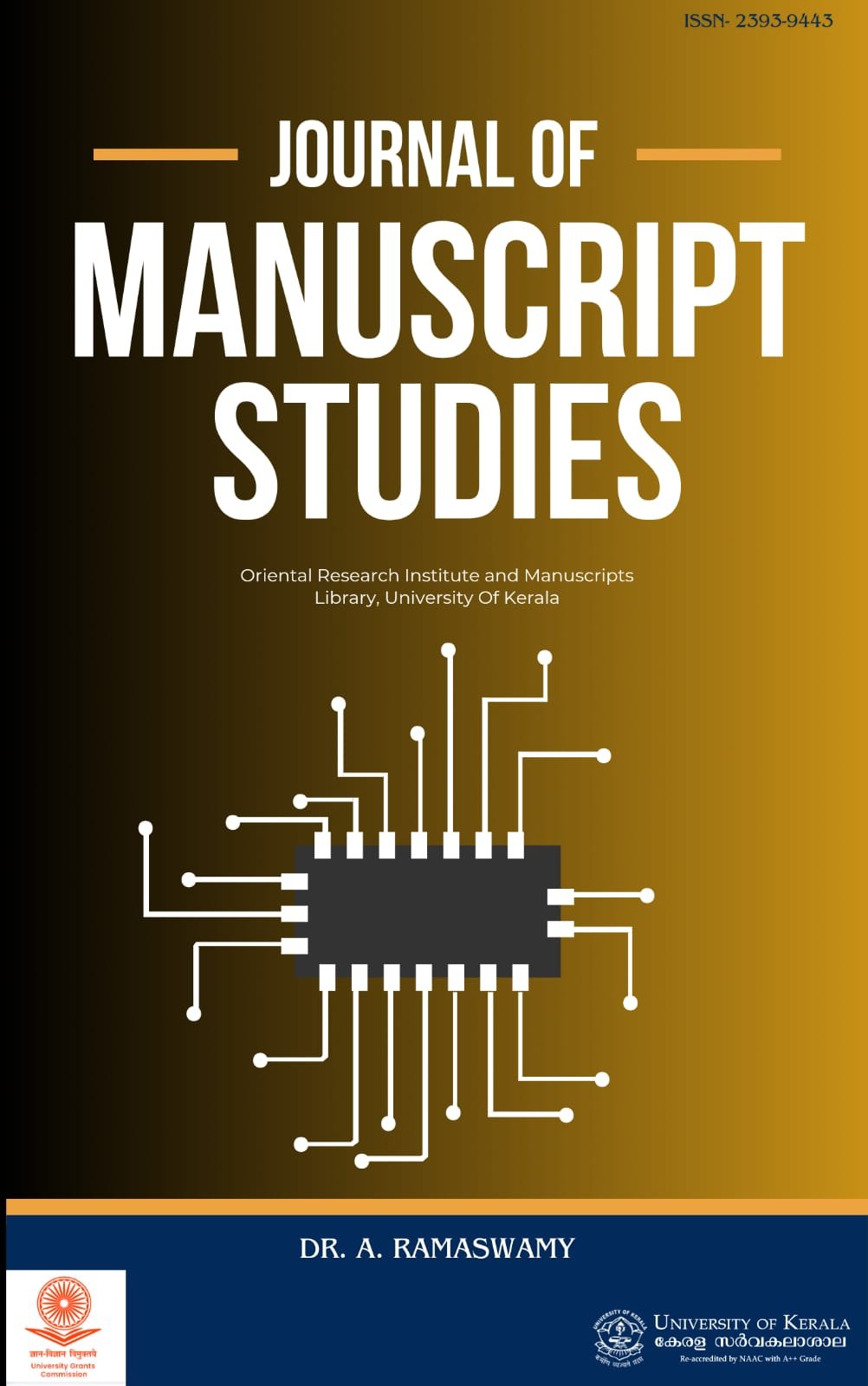Performance variation of Li rechargeable cells having polypyrrole cathodes doped with different anions
Keywords:
Cyclicvoltammetry, morphologyAbstract
Electrochemically synthesized polymers such as
polypyrrole (PPy), polyaniline (PANI) and polyNmethyl
pyrrole (PNMP) are considered as one of the most promising
polymer electrode material groups for the development of
advanced electrochemical devices such as electrochemical cells,
super capacitors, electrochromic devices and solar cells. The
properties of electrochemically synthesized polymers are known
to be largely dependent on the dopant anion used and hence,
their performance in applications also depend greatly upon the
dopants. In this study, the role of the anion used to dope the
PPy cathode on the performance of a lithium (Li) rechargeable
cell is reported. Anions were varied from small inorganic
anions (CF3SO -
) to large anions (alkilsulphonate, ASand
dodeclybenzenesulphonate, DBS-
). PPy was electropolymerized
and the cells were fabricated with a polyacrylonitrile (PAN)
based solid polymer electrolyte (SPE) while Li served as the
anode. Cyclic voltammetry and continuous charge discharge
tests were carried out to characterize the cells. The cycling
results showed better cycling charge and long cycle life with
the cells fabricated with PPy doped with large anions. The cells
with large anions showed higher cycle numbers while the cells
with inorganic anions could not be cycled over 350 cycles.
Even with electrodes having larger anions, better results can be
obtained with slow scan rates. Scanning electron microscopy
(SEM) studies revealed that electrodes have a porous
morphology with smaller anions and a dense morphology with
larger anions, which also affect the performance variations.

Downloads
Published
Issue
Section
License

This work is licensed under a Creative Commons Attribution-NonCommercial-NoDerivatives 4.0 International License.













